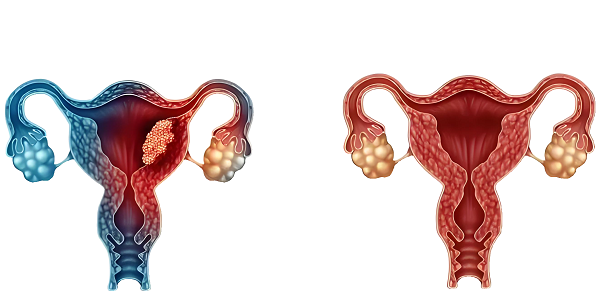What Causes Menstrual Cramps?
Table of Contents
- Overview
- Causes of Primary Dysmenorrhea
- Causes of Secondary Dysmenorrhea
- Other Contributing Factors
- Tips to Relieve Menstrual Cramps
- Conclusion
1. Overview
Menstrual cramps, or dysmenorrhea, are painful sensations many women experience during their menstrual cycle. Dysmenorrhea is divided into two categories: primary and secondary. The causes of these two types vary significantly.

2. Causes of Primary Dysmenorrhea
Primary dysmenorrhea is common in younger women and usually occurs shortly after their first menstrual period (menarche). This type of menstrual pain is not linked to any underlying reproductive health issues. The main cause is excessive uterine contractions during menstruation. These contractions are triggered by an increase in the hormone prostaglandin, which causes the uterine muscles to tighten. When the muscles contract too strongly, they restrict blood flow to the uterine lining, leading to pain.
The pain associated with primary dysmenorrhea typically begins a day or two before menstruation starts and is most intense during the first two days of the period.
3. Causes of Secondary Dysmenorrhea
Secondary dysmenorrhea is caused by an underlying medical condition, typically found in women who have other gynecological issues. Common causes include:
- Endometriosis: This condition occurs when tissue similar to the uterine lining grows outside the uterus, such as on the ovaries or pelvic lining, causing severe pain.
- Uterine Fibroids: Benign growths in the uterus can trigger abnormal contractions and cause intense menstrual cramps.
- Pelvic Inflammatory Disease (PID): Infections of the reproductive organs can lead to inflammation and pain during menstruation.
- Adenomyosis: This condition happens when the uterine lining invades the muscle tissue of the uterus, leading to painful periods.
Unlike primary dysmenorrhea, secondary dysmenorrhea tends to worsen over time, and the pain may last longer than just the menstrual period itself.
4. Other Contributing Factors
Several other factors can exacerbate menstrual cramps:
- Emotional Stress: Mental stress can heighten sensitivity to pain and worsen menstrual discomfort.
- Unhealthy Lifestyle: Lack of exercise, poor diet, excessive caffeine intake, smoking, and alcohol consumption may contribute to more intense menstrual cramps.
5. Tips to Relieve Menstrual Cramps
There are several ways to alleviate menstrual cramps:
- Dietary Adjustments: Eating a diet rich in fiber, vitamins, and minerals, while reducing caffeine and fatty foods, can help lessen cramping.
- Exercise: Light physical activities like yoga or walking can improve blood circulation and reduce pain.
- Stress Management: Relaxation techniques such as deep breathing, meditation, or light activities can help relieve stress and reduce pain intensity.
- Heat Therapy: Applying a hot water bottle or heating pad to the lower abdomen can help relax the uterine muscles and reduce cramping.
If the pain becomes severe or persists beyond your period, it’s important to seek medical advice to rule out underlying conditions.
6. Conclusion
Menstrual cramps, or dysmenorrhea, can be caused by various factors. Primary dysmenorrhea is generally due to elevated prostaglandin levels that cause excessive uterine contractions, while secondary dysmenorrhea is often related to gynecological conditions like endometriosis or fibroids. Lifestyle factors such as stress and poor health habits may also worsen cramps. Fortunately, many strategies, including dietary changes, exercise, and relaxation techniques, can help alleviate the discomfort. If the pain becomes chronic or debilitating, seeking medical evaluation is crucial for identifying the underlying cause.